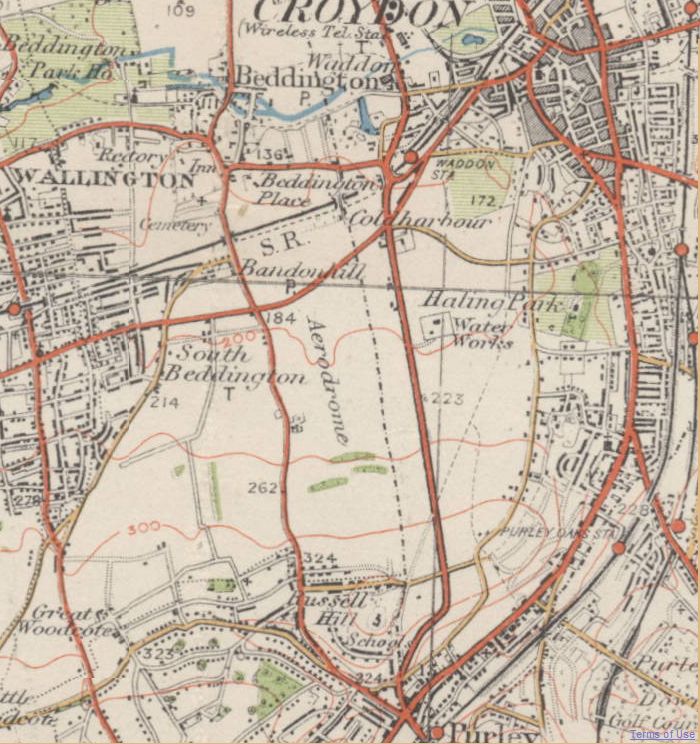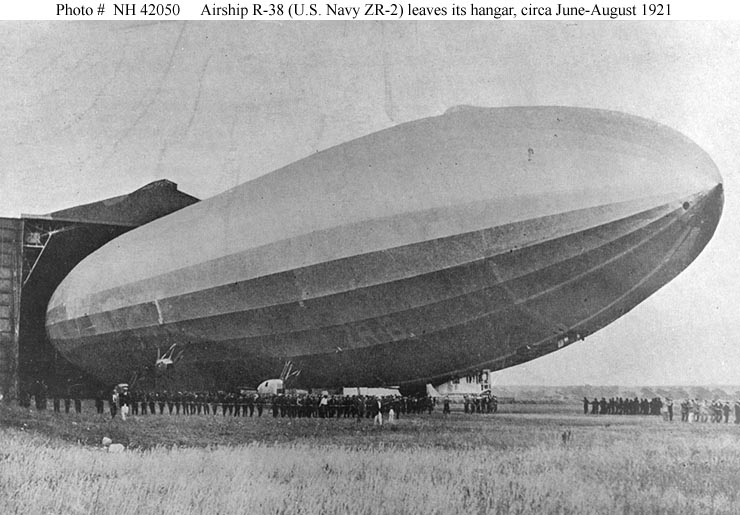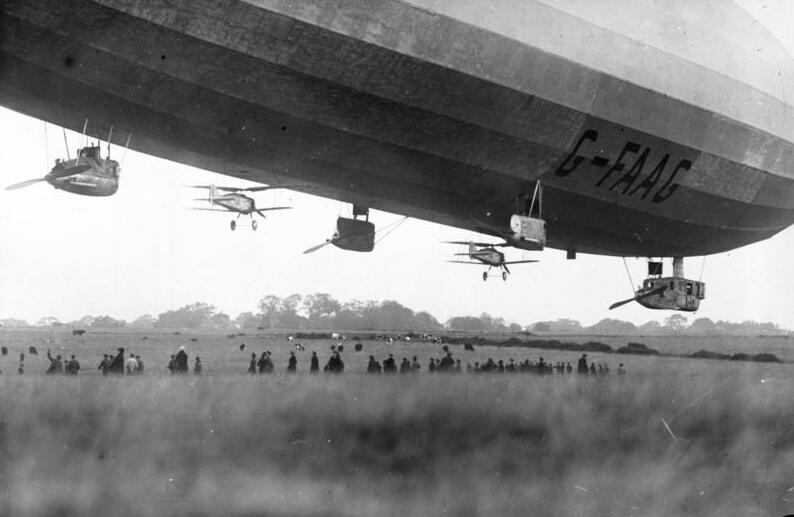|
Pulham St. Mary
Pulham Saint Mary is a rural village and civil parish in Norfolk, that lies next to the village of Pulham Market. It is situated approximately northeast of Diss and south of Norwich, covers an area of and a population of 892 at the 2011 census. History The parish church, dedicated to St. Mary the Virgin, which gives the village the St Mary in its name, is believed to date from around 1258. The parish church is of flint construction with parts that date back to the thirteenth century. Older maps and documents name the parish or village "Pulham Saint Mary the Virgin" - the latter two words are in modern times dropped, and Saint is typically abbreviated. The neighbouring parish and village, now called Pulham Market, was historically known as "Pulham Saint Mary Magdalene" after the dedication of its parish church. The earliest recorded spelling is PollehamPulhamis referenced in the Domesday Book of 1086 as a single manor (Pulham St Mary with what is today called Pulham Market) ... [...More Info...] [...Related Items...] OR: [Wikipedia] [Google] [Baidu] |
South Norfolk
South Norfolk is a local government district in Norfolk, England. Its council is based in Long Stratton. The population of the Local Authority District was 124,012 as taken at the 2011 Census. History The district was formed on 1 April 1974 under the Local Government Act 1972, as a merger of Diss Urban District, Wymondham Urban District, Depwade Rural District, Forehoe and Henstead Rural District and Loddon Rural District. History of governance The below table outlines the composition of South Norfolk Council from 1973 to 2019. Recent elections 2019 saw the Conservatives lose five seats but retain overall control of the council. The boundaries used were new at this election and saw the Labour Party unexpectedly win a seat on the council for the first time since 2003 gaining Loddon (notionally) from the Conservatives. Liberal Democrat group leader Trevor Lewis, standing in a much changed ward, was not re-elected. /sup> Others: Independents and UKIP. Political comp ... [...More Info...] [...Related Items...] OR: [Wikipedia] [Google] [Baidu] |
RNAS Pulham
RNAS Pulham (later RAF Pulham) was a Royal Navy Air Service (RNAS) airship station, near Pulham St Mary south of Norwich, UK. Though land was purchased by the Admiralty in 1912 the site was not operational until 1915. From 1918 to 1958, the unit was a Royal Air Force establishment. The land today is in private ownership, and little remains above ground. However, the Pennoyer Centre in Pulham St Mary holds an extensive archive of photographs and memorabilia relating to the Air Station. History Pulham was one of the main British airship stations, with more than 3,000 men on the base at the end of the First World War. Initially it was used for airships that operated patrols over the North Sea (such as the Coastal and SS types) until their areas were taken over by seaplanes. The R34 landed at RNAS Pulham to complete the first two-way flown crossing of the Atlantic in July 1919. After the loss of the R101 in 1930 and the end of British airships the station was moved on to a ca ... [...More Info...] [...Related Items...] OR: [Wikipedia] [Google] [Baidu] |
FirstGroup
FirstGroup plc is a British multi-national transport group, based in Aberdeen, Scotland.Companies House extract company no SC157176 FirstGroup plc The company operates transport services in the and . It is listed on the and is a constituent of the FTSE 250 Index.
|
R101
R101 was one of a pair of British rigid airships completed in 1929 as part of a British government programme to develop civil airships capable of service on long-distance routes within the British Empire. It was designed and built by an Air Ministry–appointed team and was effectively in competition with the government-funded but privately designed and built R100. When built, it was the world's largest flying craft at in length, and it was not surpassed by another hydrogen-filled rigid airship until the LZ 129 ''Hindenburg'' was launched seven years later. After trial flights and subsequent modifications to increase lifting capacity, which included lengthening the ship by to add another gasbag,"R101". Airship Heritage Trust via Airshipsonline.com. Retrieved: 23 July 2008. the R101 crashed in France during its maiden overseas voy ... [...More Info...] [...Related Items...] OR: [Wikipedia] [Google] [Baidu] |
Croydon Airport
Croydon Airport (former ICAO code: EGCR) was the UK's only international airport during the interwar period. Located in Croydon, South London, England, it opened in 1920, built in a Neoclassical style, and was developed as Britain's main airport, handling more cargo, mail, and passengers than any other UK airport at the time. Innovations at the site included the world's first air traffic control and the first airport terminal. During World War II the airport was named RAF Croydon as its role changed to that of a fighter airfield during the Battle of Britain; and in 1943 RAF Transport Command was founded at the site, which used the airport to transport thousands of troops into and out of Europe. After the Second World War, its role returned to civil aviation, but the role of London's primary international airport passed to London Heathrow Airport. Croydon Airport closed in 1959. It had been known under eight different names while it was active. In 1978, the terminal buildin ... [...More Info...] [...Related Items...] OR: [Wikipedia] [Google] [Baidu] |
Direction Finding
Direction finding (DF), or radio direction finding (RDF), isin accordance with International Telecommunication Union (ITU)defined as radio location that uses the reception of radio waves to determine the direction in which a radio station or an object is located. This can refer to radio or other forms of wireless communication, including radar signals detection and monitoring (ELINT/ESM). By combining the direction information from two or more suitably spaced receivers (or a single mobile receiver), the source of a transmission may be located via triangulation. Radio direction finding is used in the navigation of ships and aircraft, to locate emergency transmitters for search and rescue, for tracking wildlife, and to locate illegal or interfering transmitters. RDF was important in combating German threats during both the World War II Battle of Britain and the long running Battle of the Atlantic. In the former, the Air Ministry also used RDF to locate its own fighter gr ... [...More Info...] [...Related Items...] OR: [Wikipedia] [Google] [Baidu] |
Cardington, Bedfordshire
Cardington is a village and civil parish in the Borough of Bedford in Bedfordshire, England. Part of the ancient hundred of Wixamtree, the settlement is best known in connection with the Cardington airship works founded by Short Brothers during World War I, which later became an RAF training station. However most of the former RAF station is actually in the parish of Eastcotts, as is the settlement of Shortstown, which was originally built by Short Brothers for its workers. The village of Cardington is located to the north east of Shortstown and the RAF station, and houses most of the population of the parish, which was 270 in 2005, making it one of the least populated parishes in Bedfordshire. Sites of interest The Church of St Mary the Virgin has pieces dating from the 12th century, although the church itself was mostly rebuilt between 1898 and 1902. It is a Grade II listed building. Airships, barrage balloons and RAF Cardington Cardington became one of the major Briti ... [...More Info...] [...Related Items...] OR: [Wikipedia] [Google] [Baidu] |
Airship Hangar
Airship hangars (also known as airship sheds) are large specialized buildings that are used for sheltering airships during construction, maintenance and storage. Rigid airships always needed to be based in airship hangars because weathering was a serious risk. History Early hangars The first real airship hangar was built as Hangar “Y” at Chalais-Meudon near Paris in 1879 where the engineers Charles Renard and Arthur Constantin Krebs constructed their first airship “ La France”. Hangar “Y” is one of the few remaining airship hangars in Europe. The construction of the first operational rigid airship LZ1 by Count Ferdinand von Zeppelin started in 1899 in a floating hangar on Lake Constance at Manzell today part of Friedrichshafen. The floating hangar turned into the direction of the wind on its own and so it was easier to move the airship into the hangar exactly against the wind. For the same reason later rotating hangars were built at Biesdorf (today part of Be ... [...More Info...] [...Related Items...] OR: [Wikipedia] [Google] [Baidu] |
R38 (ZR-2)
The ''R.38'' class (also known as the ''A'' class) of rigid airships was designed for Britain's Royal Navy during the final months of the First World War, intended for long-range patrol duties over the North Sea. Four similar airships were originally ordered by the Admiralty, but orders for three of these (''R.39'', ''R.40'' and ''R.41'') were cancelled after the armistice with Germany and ''R.38'', the lead ship of the class, was sold to the United States Navy in October 1919 before completion. On 24 August 1921, ''R.38'' (designated ZR-2 by the USN) was destroyed by a structural failure while in flight over the city of Hull. It crashed into the Humber Estuary, killing 44 out of the 49 crew aboard. At the time of its first flight it was the world's largest airship. Its destruction was the first of the great airship disasters, followed by the Italian-built US semi-rigid airship '' Roma'' in 1922 (34 dead), the French '' Dixmude'' in 1923 (52 dead), the USS ''Shenandoah'' i ... [...More Info...] [...Related Items...] OR: [Wikipedia] [Google] [Baidu] |
R36 (airship)
''R.36'' was a British airship designed during World War I, but not completed until after the war. When she first flew in 1921, it was not in her originally intended role as a patrol aircraft for the Royal Navy, but as an airliner, the first airship to carry a civil registration (''G-FAAF''). Design The design was produced by the new Airship Design Department, work commencing in November 1917. She was a lengthened version of the German Type U Zeppelin L49 ( LZ 96) captured intact at Bourbonne-les-Bains in October 1917. The R.36, along with a second ship the R.37 were to be a stretched version of the L49, getting more lift by adding another gas bag. Two of her five engines were German Maybach engines, recovered from the downed LZ 113. Construction began before the end of the war, but the design was altered to include accommodation for 50 passengers. [...More Info...] [...Related Items...] OR: [Wikipedia] [Google] [Baidu] |
R33 Class Airship
The R.33 class of British rigid airships were built for the Royal Naval Air Service during the First World War, but were not completed until after the end of hostilities, by which time the RNAS had become part of the Royal Air Force. The lead ship, R.33, served successfully for ten years and survived one of the most alarming and heroic incidents in airship history when she was torn from her mooring mast in a gale. She was called a "Pulham Pig" by the locals, as the blimps based there had been, and is immortalised in the village sign for Pulham St Mary. The only other airship in the class, R.34, became the first aircraft to make an east to west transatlantic flight in July 1919 and, with the return flight, made the first two-way crossing. It was decommissioned two years later, after being damaged during a storm. The crew nicknamed her "Tiny". Design and development Substantially larger than the preceding R31 class, the R.33 class was in the design stage in 1916 when the German ... [...More Info...] [...Related Items...] OR: [Wikipedia] [Google] [Baidu] |
R34 (airship)
The R.33 class of British rigid airships were built for the Royal Naval Air Service during the First World War, but were not completed until after the end of hostilities, by which time the RNAS had become part of the Royal Air Force. The lead ship, R.33, served successfully for ten years and survived one of the most alarming and heroic incidents in airship history when she was torn from her mooring mast in a gale. She was called a "Pulham Pig" by the locals, as the blimps based there had been, and is immortalised in the village sign for Pulham St Mary. The only other airship in the class, R.34, became the first aircraft to make an east to west transatlantic flight in July 1919 and, with the return flight, made the first two-way crossing. It was decommissioned two years later, after being damaged during a storm. The crew nicknamed her "Tiny". Design and development Substantially larger than the preceding R31 class, the R.33 class was in the design stage in 1916 when the German ... [...More Info...] [...Related Items...] OR: [Wikipedia] [Google] [Baidu] |

.jpg)
.jpg)







